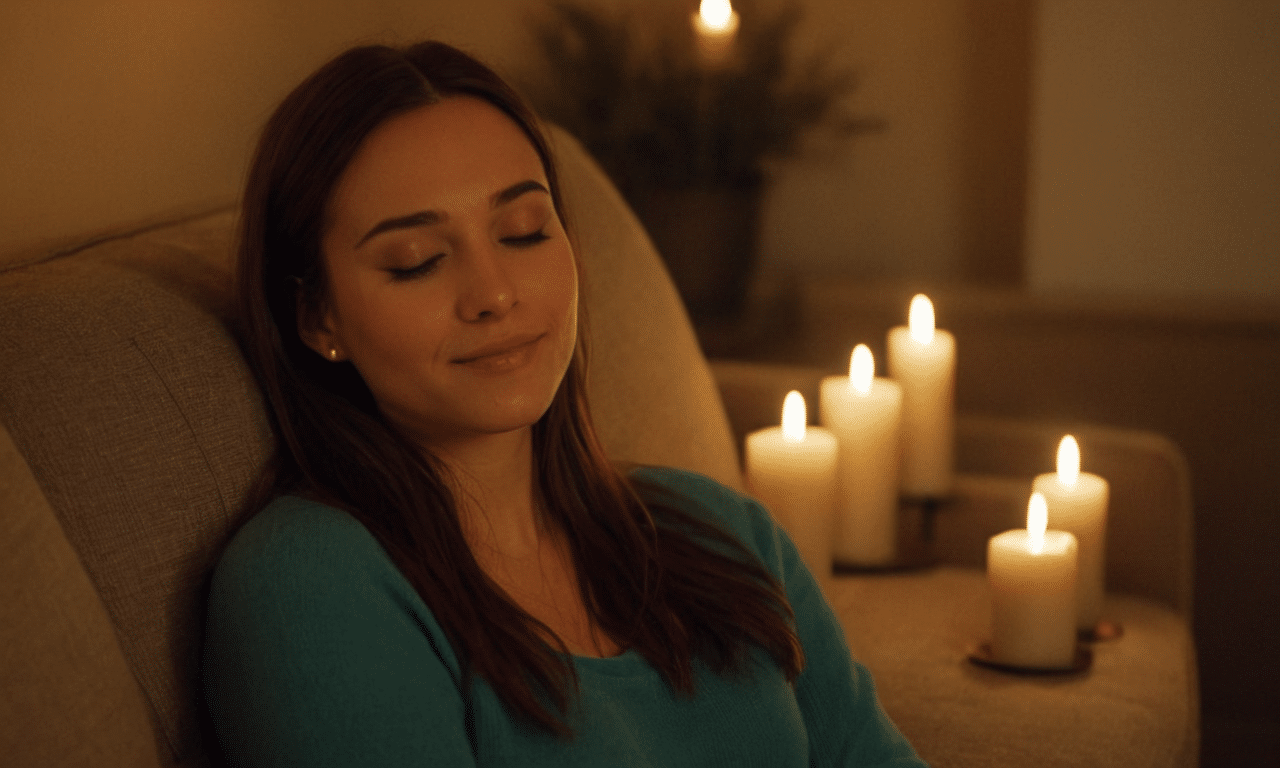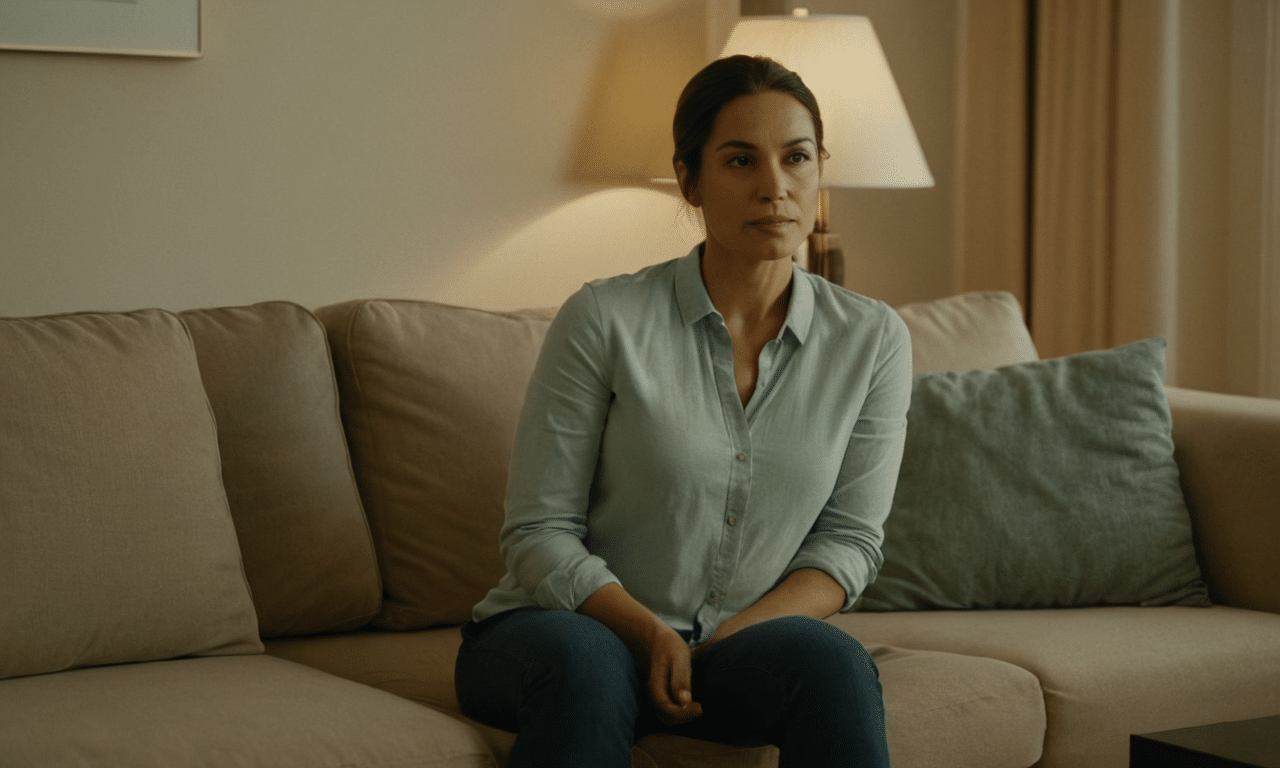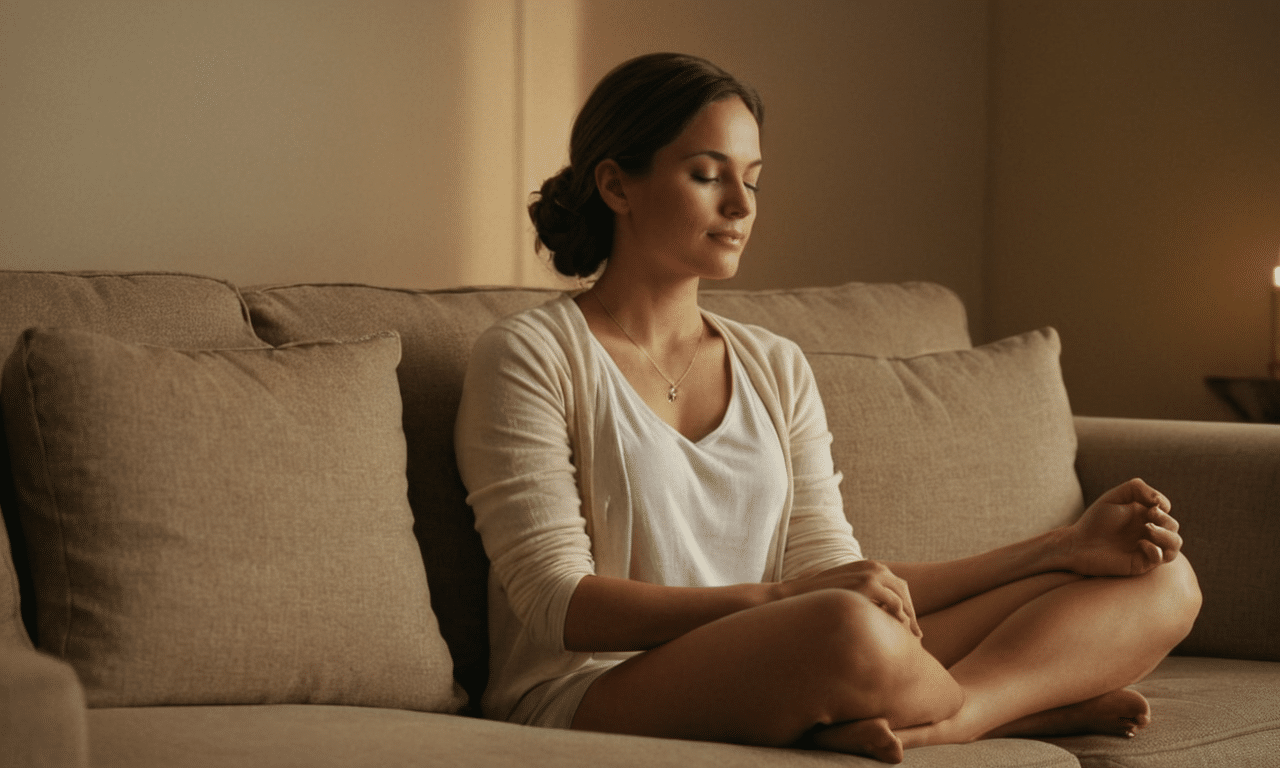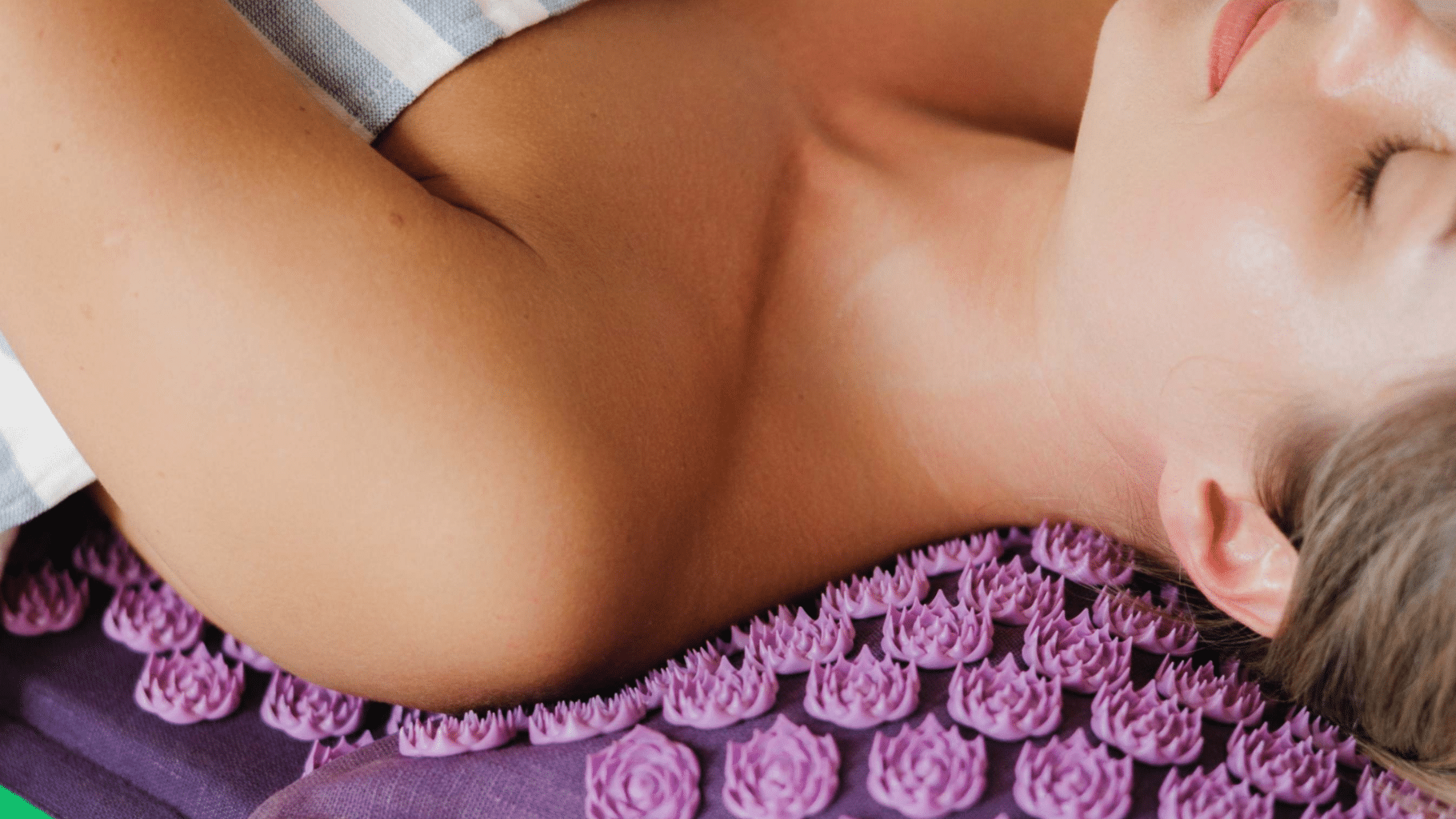In today’s fast-paced world, finding effective ways to manage stress, anxiety, and sleep disorders is crucial. The JPMR relaxation technique has gained attention for its ability to promote relaxation and reduce symptoms of these conditions. But what exactly is JPMR, and how can it benefit your daily life?
What is the best way to implement JPMR relaxation technique?
To effectively incorporate JPMR into your daily life, start by setting aside a quiet and comfortable space to practice. Begin with short sessions of 5-10 minutes and gradually increase as you become more comfortable with the technique. Focus on deep breathing, progressive muscle relaxation, and visualization to achieve maximum relaxation benefits.
Top JPMR Relaxation Technique Tips
- Schedule regular practice sessions for relaxation.
- Use guided audio recordings for a more relaxing experience.
- Avoid rushing through the tensing and relaxing process.
- Tense muscles to a comfortable level, not too tight.
- Practice in various environments to find what works best.
- Make relaxation a habit by incorporating JPMR into daily routine.
- Explore different progressive muscle relaxation techniques for variety.

What is JPMR Relaxation Technique?
JPMR stands for Jacobson’s Progressive Muscle Relaxation. It was developed by Dr. Edmund Jacobson in the 1920s. He believed that muscular tension often accompanies stress and anxiety. By systematically tensing and then relaxing muscle groups, individuals can reduce this tension and promote relaxation.
To practice JPMR, you usually start from one muscle group, such as your feet, and work your way up to your head. The key is to tense each muscle group for about 5-10 seconds and then relax for 15-20 seconds. This helps them recognize how relaxation feels different from tension. It’s a simple yet powerful practice that can be performed almost anywhere.
The principles of JPMR are based on the idea that we can control our body’s stress responses through deliberate action. Instead of letting stress control us, we take a proactive step to manage it. The technique not only helps with immediate relaxation but also trains your body to respond differently to stress in the long term.
Benefits of Using JPMR for Stress Relief
Practicing JPMR has a myriad of benefits. For one, it can significantly reduce stress levels. This makes it an excellent tool for people dealing with anxiety, as the technique promotes a relaxed state both physically and mentally. It’s like a mental vacation without needing a passport.
A key advantage of JPMR is its ability to improve sleep quality. Many people find it hard to unwind before bed, which can lead to restless nights. Incorporating JPMR can ease this transition, making it easier to fall and stay asleep. This is particularly beneficial for those with insomnia or other sleep disorders.
Moreover, JPMR contributes to overall well-being. When stress and anxiety are managed effectively, people often find improvements in their mood and daily functioning. By regularly practicing progressive muscle relaxation benefits, you build resilience, making it easier to handle life’s challenges.
Tips for Incorporating JPMR into Daily Life
Consistency is key when it comes to JPMR. One of the best ways to include this relaxation technique in your daily routine is to set a regular time for it. Whether it’s in the morning to start your day calmly or at night to wind down, scheduling a 5-minute progressive muscle relaxation session can make a significant difference.
Another effective way to incorporate JPMR is to use guided progressive muscle relaxation audio. These recordings can guide you through the entire process, making it easier to follow along and ensuring you practice the technique correctly. Besides, a soothing voice can be much more motivating than a dry manual.
Don’t forget to explore different environments. Some people find practicing JPMR on their office break helps them reset their day. Others prefer the comfort of their home. The flexibility of this technique allows it to be tailored to fit various lifestyles and needs.
Common Mistakes to Avoid When Practicing JPMR
While JPMR is simple to practice, there are common mistakes people make. One mistake is not tensing the muscles enough. If you barely contract them, you won’t experience the full benefits. Ensure you can feel the tension, but not to the point of discomfort. Think of it like Goldilocks choosing porridge—not too much, not too little, but just right.
Another error is rushing through the process. JPMR requires a deliberate pace to be effective. Give each muscle group the attention it needs. Remember, this isn’t a race; the goal is relaxation. You need time to differentiate between the sensation of tension and relaxation.
Lastly, some people tend to overlook the importance of practicing regularly. Like any skill, JPMR improves with consistent practice. Skipping sessions makes it harder to achieve the relaxation you’re aiming for. For more tips and techniques, you can visit relaxation techniques on our site.
| Feature | Description | Importance |
|---|---|---|
| Benefits of JPMR | Reduces stress levels, improves sleep quality and overall well-being. | High |
| Tips for Incorporating JPMR | Schedule regular sessions, use guided recordings, explore different environments. | Medium |
| Mistakes to Avoid | Rushing through the process, not tensing muscles enough, inconsistent practice. | Low |
| Principle of JPMR | Control body’s stress responses through deliberate action. | High |
| JPMR Relaxation Technique | Tense and relax muscle groups to promote relaxation. | High |

Personal Thoughts
I’ve come to realize that relaxation techniques like JPMR are not just tools for managing stress, but also a means of rediscovering myself amidst life’s chaos. Through consistent practice, I’ve learned to appreciate the small moments of calm and tranquility that previously eluded me.
As I reflect on my own experiences with chronic stress, I’m grateful for the lessons learned along the way. By sharing my story, I hope to inspire others to explore the benefits of JPMR relaxation technique, not as a panacea, but as a valuable addition to their self-care toolkit.
Frequently Asked Questions
What is JPMR relaxation technique used for?
JPMR relaxation technique is primarily used to manage stress, anxiety, and sleep disorders. It’s a mindfulness-based approach that helps individuals relax and reduce their overall tension levels. By incorporating JPMR into daily life, people can experience improved mental clarity, increased energy, and enhanced emotional well-being.
How do I apply JPMR relaxation technique effectively?
To apply JPMR relaxation technique effectively, start by finding a quiet and comfortable space to practice. Close your eyes, take slow deep breaths, and focus on the sensation of the breath moving in and out of your body. As you inhale, imagine fresh air filling your lungs, and as you exhale, visualize any tension leaving your body. Repeat this process for 5-10 minutes, ideally twice a day.
Can JPMR relaxation technique be used for sleep disorders?
Yes, JPMR relaxation technique can be an effective tool in managing sleep disorders. By practicing JPMR before bedtime, you can calm your mind and body, making it easier to fall asleep and stay asleep throughout the night. Regular practice of JPMR can also help regulate your sleep patterns and improve the overall quality of your sleep.
Is there a specific posture required for JPMR relaxation technique?
No, there is no specific posture required for JPMR relaxation technique. You can practice JPMR in any comfortable seated or lying position that works for you. The key is to focus on your breath and maintain a relaxed state, regardless of your physical position. Experiment with different postures to find what works best for you.




